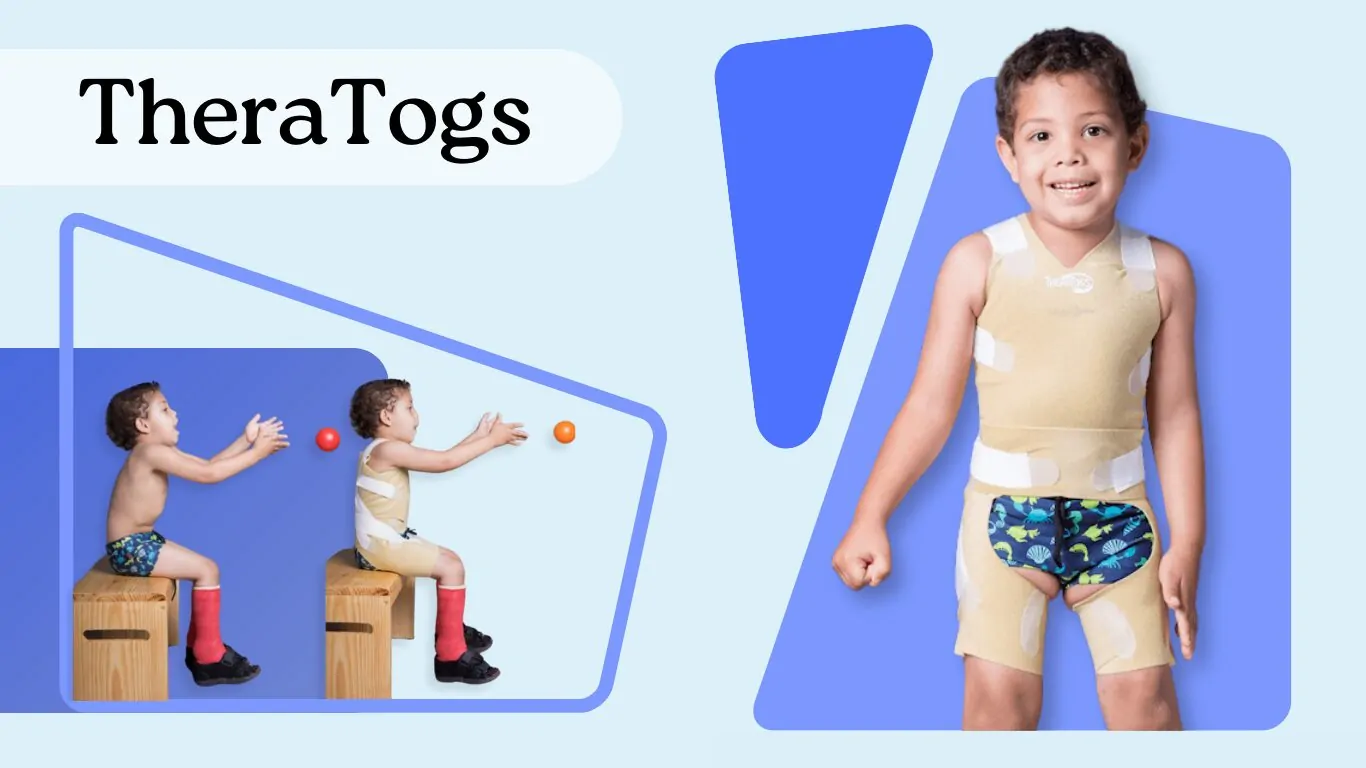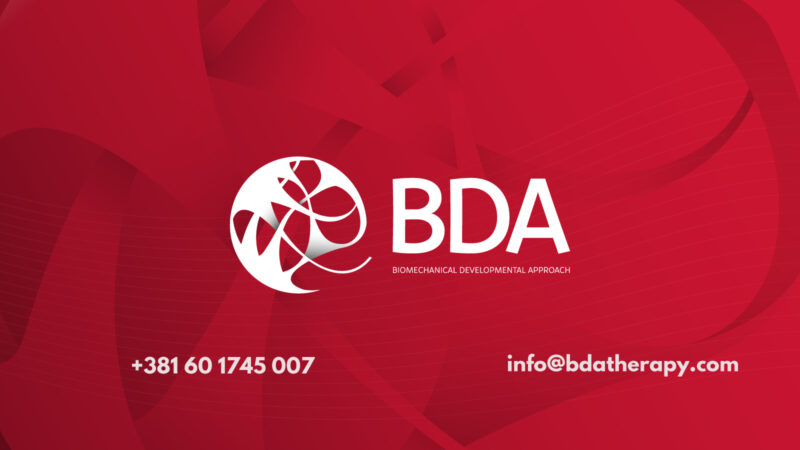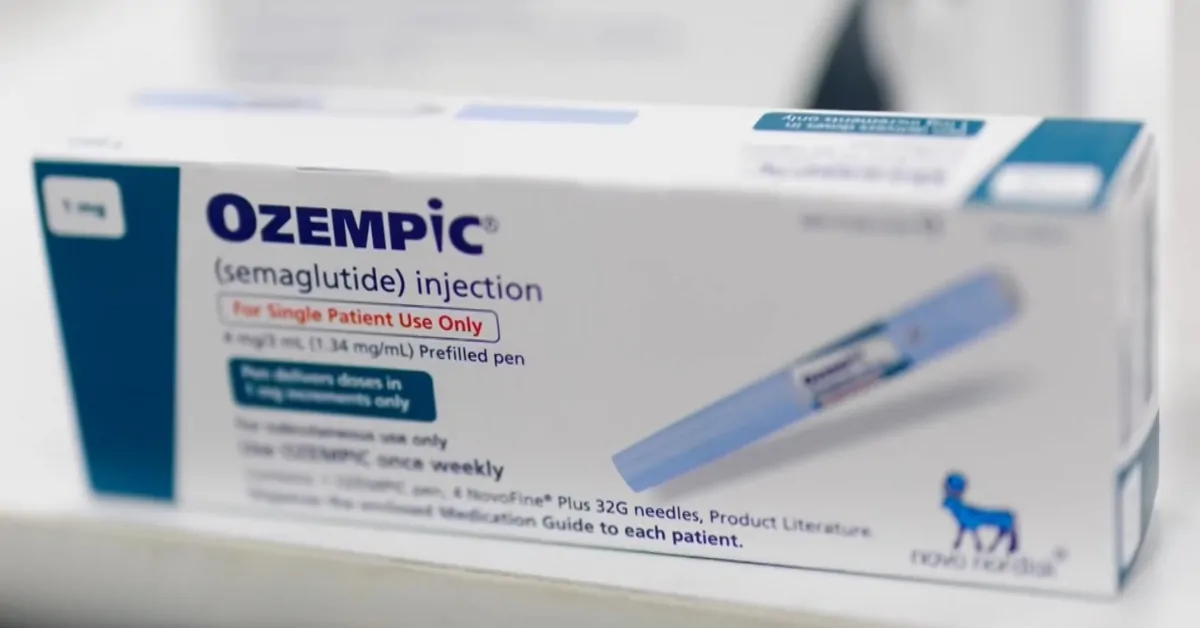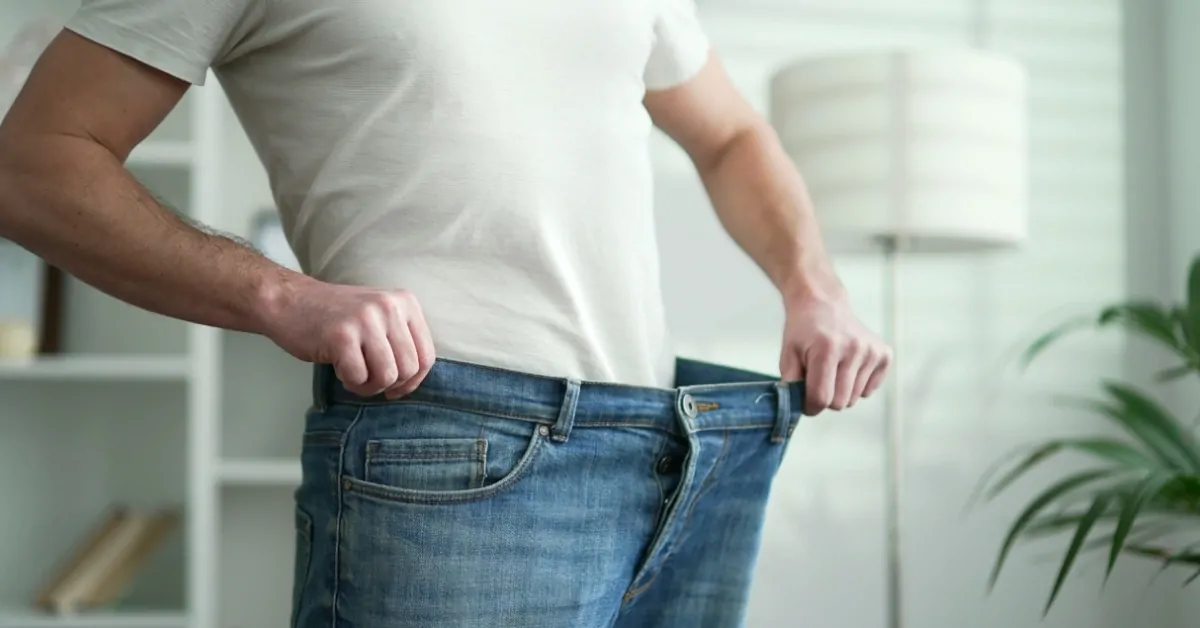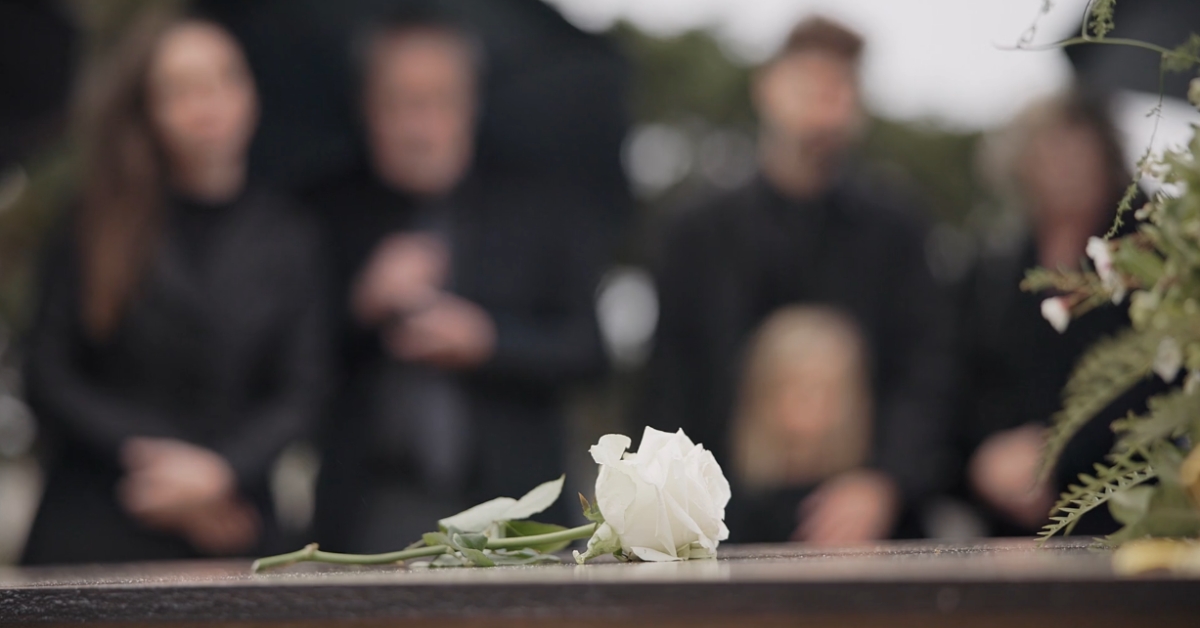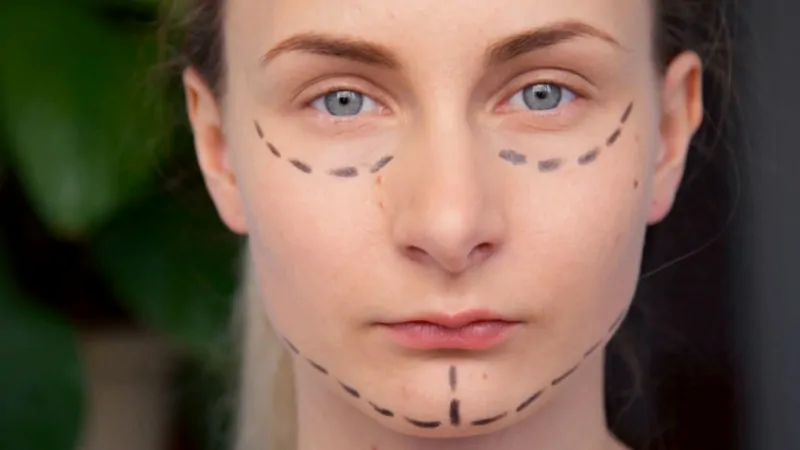TheraTogs has drawn attention across pediatric therapy circles for providing an inventive way to boost postural correction and neuromotor support in children. Designed by pediatric physical therapist Beverly “Billi” Cusick, it offers benefits that extend far beyond standard in-clinic sessions.
One might argue that parents and therapists already juggle enough daily challenges. Yet there’s always room for a practical garment system that can help kids gain better trunk stability and more coordinated limb function.
In a randomized controlled trial involving 34 children with spastic diplegic cerebral palsy, those who wore TheraTogs in addition to receiving conventional physical therapy showed significant improvements in foot pressure distribution, postural control, and endurance compared to the control group.
If you need experts, we presenting The BDA team, guided by the thought that a person’s smile is the biggest prize!
BDA therapy was created as a result of desire to find a new way of dealing with the consequences of neurological damage that would overcome the existing limitations of scientific knowledge.
Table of Contents
ToggleOrigins and Purpose
Beverly “Billi” Cusick, a long-time professional in pediatric physical therapy, envisioned an approach that goes beyond short therapy appointments.
Her garment system directs gentle compression where it is most needed and encourages the somatosensory system to remain active throughout the day. By enhancing trunk control, children are more likely to show stronger limb function.
According to BDA therapy experts, this therapy helps maintain the strength and pressure in connective tissue, which is essential for proper posture and allows the body to bear its load without excessive muscle engagement and energy consumption.
Key Objectives Include
Regular therapy sessions are crucial but often limited by time constraints. An extra layer of support throughout the day helps maintain correct positioning over longer periods.
That long-term assistance influences the musculoskeletal system in a positive way.
Clinical studies have demonstrated the efficacy of TheraTogs in improving postural control and functional abilities in children with spastic diplegic cerebral palsy.
In a randomized controlled trial involving 34 children aged 8 to 10 years, participants who combined conventional physical therapy with TheraTogs usage showed significant improvements in foot pressure distribution, trunk control, balance, and endurance compared to those receiving only conventional therapy.
Therapeutic Advantages
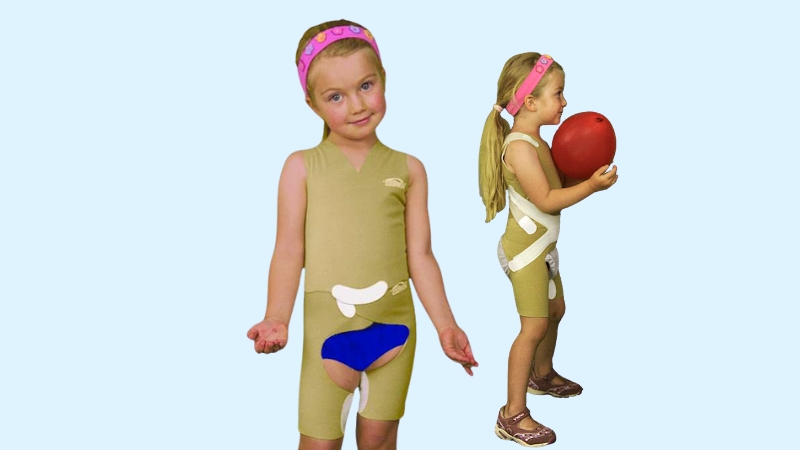
Continuous realignment has notable benefits for children facing bone and joint challenges. Infants and toddlers in particular may encounter developmental hurdles that lead to postural imbalances later.
A wearable therapy tool offers steady feedback, which sets the stage for lasting improvements. Extended use promotes:
1. Improved Core Stability
Garments envelop the torso in a comfortable manner, which fosters core strength and stable positioning. A solid trunk often translates to better control of limbs.
2. Heightened Body Awareness
Sensory cues play a major role in motor learning. Clothing that provides consistent compression can remind the body how to hold itself upright. That continuous input helps children recognize and correct subtle misalignments.
3. Practical, Everyday Integration
Adherence is a perennial concern in rehab scenarios. A garment system that fits under ordinary clothes ensures that kids continue to receive therapy at school, during play, or while sitting at the dinner table.
4. Long-Term Habituation
Postural balance is not built overnight. Gentle realignment day after day has a cumulative effect. Muscle memory and neuromotor patterns adapt at a manageable pace, reducing strain on joints and supporting consistent growth.
Exploring the Range of Systems
@ontheflydmi♬ I’M FEELING LUCKY – Ellen Once Again
BDA Therapy, which is the company behind TheraTogs offers a suite of products tailored to different ages, sizes, and therapeutic objectives. A one-size-fits-all approach never works, and that reality guided the design of each distinct option.
Wunzi Infant System
A specialized kit for youngsters up to 26 pounds. Early infancy is a prime window for promoting healthy posture. A bit of gentle support fosters trunk alignment and sets the stage for better coordination as the child grows.
Some parents might think wrangling an infant into clothing can be tricky enough, but Wunzi’s user-friendly design aims to keep fuss to a minimum.
Posture & Torso Alignment (PTA) System
Supports upper body positioning and promotes neuromotor adaptation. Children who exhibit mild-to-moderate issues with trunk control may find value in a system that encourages upright posture throughout varied daily tasks.
Full Body System
A more comprehensive setup intended for those with complex neuromotor conditions. By encompassing shoulders down to hips, it provides wide-ranging support.
Parents who notice persistent misalignments or significant muscle tone variations might consider a full-body approach.
Clinical studies have demonstrated the effectiveness of the TheraTogs Full Body System in improving postural control and gait patterns in children with cerebral palsy.
Dragonfly TLSO System
Combines spinal stability with TheraTogs’ signature wearable therapy. A thoracolumbosacral orthosis (TLSO) offers extra reinforcement in the spinal region while still using the same comfortable fabric and strapping method.
Kids dealing with noticeable spinal curves may benefit from an option that hones in on that area.
Sit-Up System
Promotes better posture in seated positions, which can be a big deal for children who struggle to remain upright at a desk or dining table. Improved sitting posture can have a ripple effect on hand functionality and attention span.
Wrist & Thumb Positioning System
Addresses alignment in the wrist and thumb for children who lack stability in the upper extremities.
When the wrist and thumb are guided into an ideal position throughout the day, fine motor skills can gradually improve. Nobody expects a miracle overnight, but consistent gentle cues often pay off.
Philosophy and Approach
“Therapy You Wear” and “Send Your Hands Home” capture the essence of TheraTogs. That philosophy places daily posture correction at the heart of a child’s routine.
Instead of relying solely on a therapist’s hands during appointments, the child experiences ongoing guidance through a comfortable fabric layer.
It aligns with a wider Biomechanical Developmental Approach (BDA). Emphasizing spontaneous movement corrections, BDA therapy suggests that repeated practice in everyday tasks fosters more natural, integrated improvements.
Over time, muscle memory takes shape and leads to functional growth in children who deal with movement disorders or delayed milestones.
Daily Impact
- Ease of Use: Most garment kits are straightforward for caregivers to adjust and secure. There’s no labyrinth of buckles or straps that require an engineering degree.
- Reduced Reliance on Intensive Medical Devices: Braces or bulky medical apparatus can be cumbersome. A soft fabric system offers a more flexible alternative, provided the child’s needs fit within TheraTogs’ scope.
- Functional Gains: Many children experience enhanced posture. That can lead to better reach, increased confidence, and a more stable foundation for exploring new motor skills.
Clinical Integration
Caregivers generally work under the guidance of a physical therapist who can determine the exact strapping strategy and tension levels. Research findings have shown that consistent use of TheraTogs can improve postural control in children with neuromotor impairment.
A randomized controlled trial involving youngsters with spastic diplegic cerebral palsy indicated notable gains in balance and lower limb strength.
Participants also reported better quality of life indicators—always a welcome outcome for both children and families.
Collaboration and Customization
Ongoing adjustments reflect the child’s developmental progress. Therapists often tweak strap placement or tension to match growth patterns.
That personalized approach ensures that each young user receives precisely the right degree of external support.
Adherence and Consistency
Many parents worry about whether a child will tolerate wearing a compression garment for extended periods. Initial resistance might occur, especially if a youngster is new to the sensation of gentle pressure around the torso or limbs.
Over time, the presence of a snug-fitting system can feel reassuring, almost like a calming hug. There’s the occasional scenario where a child rebels against every piece of clothing anyway, but that’s not exactly TheraTogs’ fault.
Practical Tips for Parents and Therapists
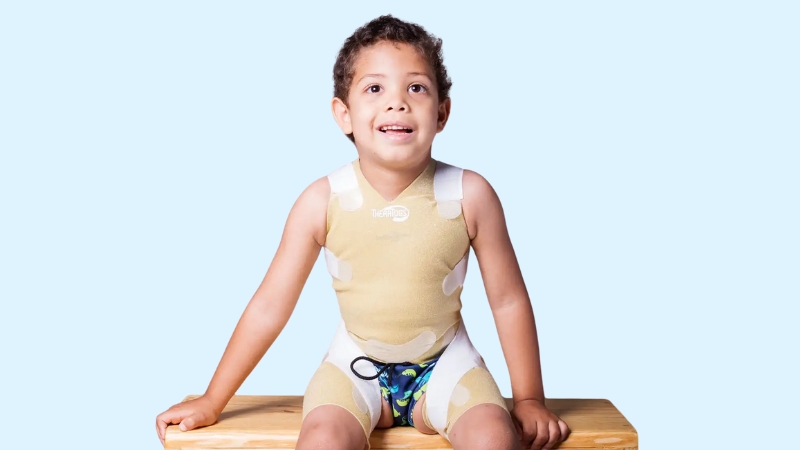
Implementing wearable therapy requires cooperation among caregivers, therapists, and the child. Below are a few pointers:
- Start Gradually: Introduce partial wear time at first. Let the child adapt to new sensations in short increments before aiming for longer periods.
- Focus on Comfort: Double-check that there are no wrinkles or tight spots. Skin irritation can turn kids off from wearing anything, including beneficial gear.
- Monitor Progress: Keep a casual log of any changes noticed. Improvement in balance, increased stability during play, or more confident walking might become apparent.
- Solicit Ongoing Feedback: Ask the child about how it feels. Minor complaints can often be solved by adjusting a strap or repositioning a panel.
Real-Life Applications
Children with cerebral palsy often face muscle tone irregularities. TheraTogs can help by offering consistent external support that improves alignment and reduces abnormal movement patterns.
Studies have shown that incorporating TheraTogs into conventional physical therapy can lead to significant improvements in balance, functional ability, and postural control in children with spastic diplegic cerebral palsy.
Similarly, youngsters with hypotonia—commonly described as low muscle tone—may benefit from a structured layer that supports joints and guides the body toward upright positioning. Infants at risk for bone and joint issues also gain an advantage from a gentle correction at a stage when the skeletal framework is rapidly changing.
For those with ligament laxity, a bit of extra stability can prevent hyperextension and reduce wear and tear on joints. Many therapists note that gains in trunk stability naturally extend to improved usage of arms and legs. Once the trunk is solid, arms and legs can focus on purposeful movement rather than simply trying to brace the body.
Concluding Thoughts
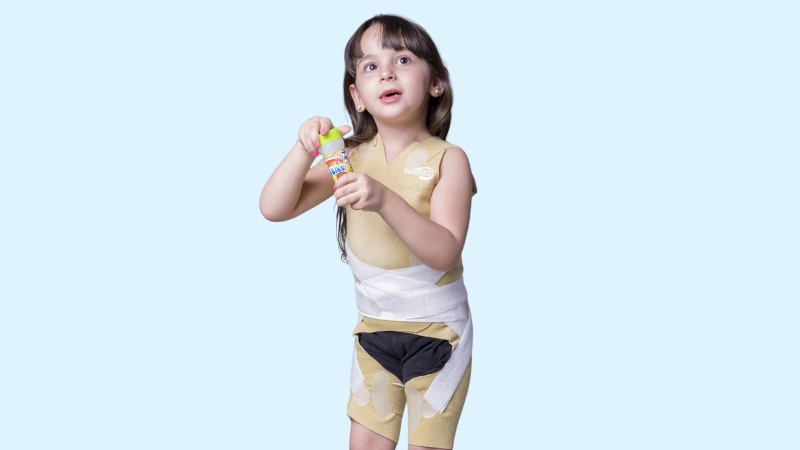
A simple garment set might not sound like the biggest revolution in pediatric therapy, but TheraTogs has gained traction for good reason. It merges comfort, postural support, and neurosensory feedback into one wearable solution.
Children who face ongoing challenges with trunk control or limb coordination can benefit from a tool that quietly works in the background every day.
With improved stability and coordination, the risk of injuries leading to ER visits can also decrease, making it a valuable tool for both therapy and prevention.
Upright posture, consistent sensory input, and a more stable core can go a long way in encouraging functional independence. An optimistic outlook—combined with collaboration among therapists, families, and caregivers—often leads to meaningful progress.
TheraTogs stands as a noteworthy option in the quest to help each child experience better alignment and movement confidence.


